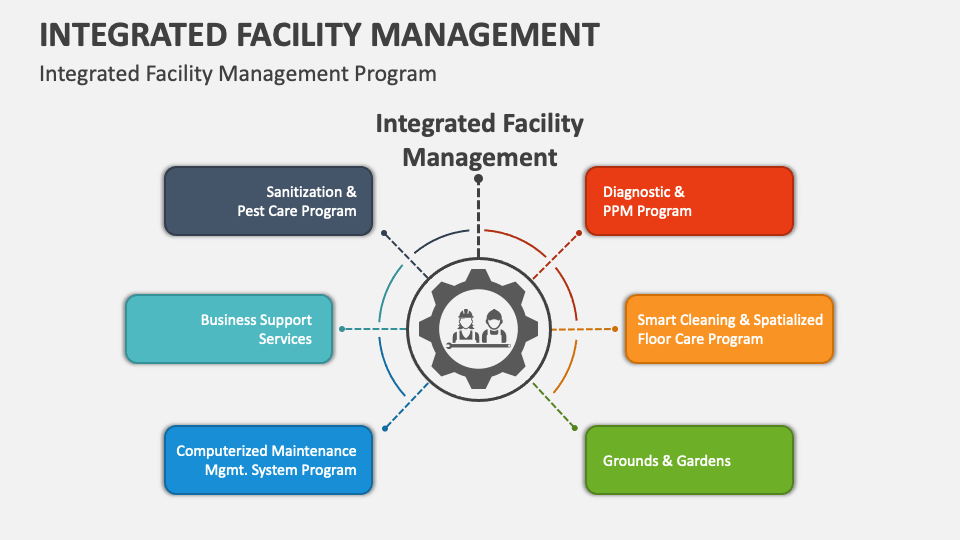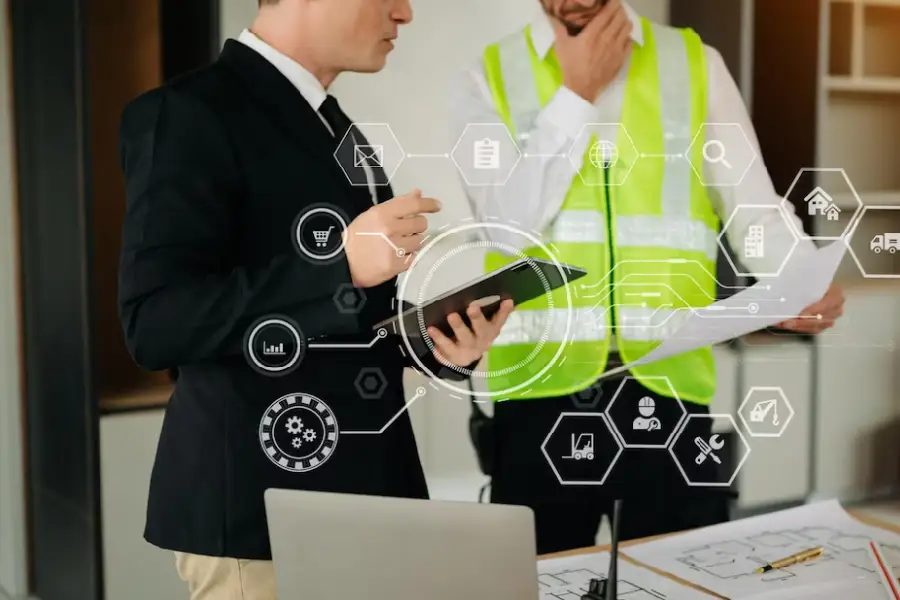The Essential Overview to Center Management: Approaches for Success
Center management plays an essential function in the total success of an organization, serving as the foundation that sustains efficiency, security, and efficiency. The subtleties of effective facility management prolong past mere logistics and call for a detailed understanding of both measurable and qualitative metrics.
Comprehending Center Management
What constitutes efficient facility administration? Reliable center monitoring incorporates the control of various organizational functions to ensure that built environments are risk-free, effective, and favorable to efficiency. Facility Management. It integrates the principles of service, design, and design administration to create a seamless operational flow within an organization
Key components of center administration include space planning, upkeep monitoring, and compliance with health and safety regulations. Room preparation concentrates on optimizing making use of physical sources to support organizational objectives, while upkeep management ensures that centers are maintained in optimal problem, maximizing life-span and minimizing operational costs. Conformity with legal and regulatory standards is critical, as it safeguards the organization against possible liabilities and boosts its track record.
Additionally, effective center management depends on the tactical usage of innovation, such as Building Monitoring Systems (BMS) and Computer-Aided Center Management (CAFM) devices. These innovations promote real-time tracking of structure systems and simplify maintenance processes. Eventually, a thorough method to facility monitoring not only advertises operational performance but additionally fosters a favorable environment for visitors and staff members alike, driving overall organizational success.
Trick Techniques for Optimization
Maximizing facility administration calls for a tactical strategy that aligns operational exercise with organizational goals. To attain this, the first crucial approach is the implementation of integrated technical solutions. Using sophisticated software program systems allows for real-time tracking of center procedures, facilitating data-driven decision-making and enhancing general performance.
Second of all, regular assessments of facility efficiency are crucial. Conducting routine assessments and audits makes it possible for center supervisors to identify areas that require renovation, making certain that resources are designated efficiently. This positive technique assists in decreasing downtime and boosting solution distribution.
One more essential strategy is cultivating cooperation throughout departments. By encouraging open communication in between groups, facility managers can better straighten their techniques with organization objectives, leading to improved functional harmony. In addition, involving team in training programs advertises a society of responsibility and boosts their capacity to add to optimization initiatives.
Enhancing Safety Protocols
Strengthening safety procedures is important for creating a secure environment within centers. A thorough security procedure not only protects employees and site visitors but additionally improves operational efficiency. To attain this, center managers must perform routine risk analyses to identify possible dangers and guarantee that appropriate actions are in place.
Educating and education are crucial parts of effective safety and security procedures - Facility Management. Employees need to get ongoing training in emergency situation procedures, tools handling, and personal safety steps. Normal drills, such as fire emptyings or lockdown treatments, foster experience and readiness among team
Additionally, clear interaction channels need to be established to report safety and security concerns without delay. This includes developing an easily accessible platform for workers to articulate prospective threats or events without concern of reprisal. Leveraging technology can improve safety and security measures; for example, carrying out security systems and access controls helps check facility tasks and limit unauthorized entrance.
Last but not least, conformity with local guidelines and sector standards is non-negotiable. Regular audits and evaluations of safety Facility Management and security protocols guarantee positioning with present regulations and ideal practices. By prioritizing these strategies, facility supervisors can grow a society of safety and security that shields all stakeholders and ultimately adds to the organization's success.
Improving Work Environment Setting

Ergonomic factors to consider are vital to decrease physical pressure and pain. Facility Management. This entails giving flexible furnishings, appropriate lights, and ample room for activity. These changes can cause minimized absence and boosted task complete satisfaction
Aesthetic appeals play a vital duty fit the office atmosphere. Utilizing shade psychology, all-natural illumination, and greenery can foster a promoting and welcoming setting. Attentively developed spaces can enhance imagination and enhance overall health.
Additionally, motivating employee involvement with inclusive decision-making procedures can improve the sense of possession and belonging. Gathering responses on work environment improvements and involving staff members in the layout process can cause a more customized atmosphere that meets their demands.
Lastly, advertising well-being efforts, such as wellness programs and leisure areas, can better add to a supportive office culture. By concentrating on these methods, facility managers can effectively enhance the workplace atmosphere, driving both worker satisfaction and business success.
Measuring Success in Facilities
Gauging success in facility administration requires a detailed approach that examines both quantitative and qualitative metrics. Measurable metrics generally consist of essential efficiency indications (KPIs) here such as area application rates, energy intake, maintenance expenses, and tenancy levels. These metrics supply a clear image of operational effectiveness and economic performance, enabling center supervisors to identify areas for renovation and benchmark against market criteria.
Qualitative metrics, on the other hand, focus on individual contentment and employee interaction. Studies and responses mechanisms can evaluate exactly how well the get more info centers fulfill the needs of residents, assisting to examine the total office environment. This facet is crucial, as a satisfied workforce is commonly connected to raised productivity and retention rates.
To efficiently determine success, facility managers must likewise take into consideration incorporating modern technology, such as constructing management systems and data analytics devices, to collect and analyze relevant data. Frequently examining both collections of metrics permits a much more well balanced view of performance and notifies tactical decisions. Ultimately, an effective facility monitoring technique depends upon a dedication to constant enhancement, making sure that both operational effectiveness and user fulfillment are prioritized.
Verdict

Center management plays an essential role in the general success of a company, serving as the foundation that sustains efficiency, security, and performance.Secret components of center management include area preparation, upkeep management, and compliance with health and safety laws.Moreover, reliable center management relies on the calculated usage of modern technology, such as Structure Management Systems (BMS) and Computer-Aided Facility Management (CAFM) tools. Eventually, a detailed strategy to facility management not only promotes operational efficiency but also promotes a positive atmosphere for visitors and employees alike, driving overall organizational success.
Ultimately, a successful facility management strategy pivots on a dedication to continual enhancement, making sure that both functional effectiveness and individual complete satisfaction are prioritized.